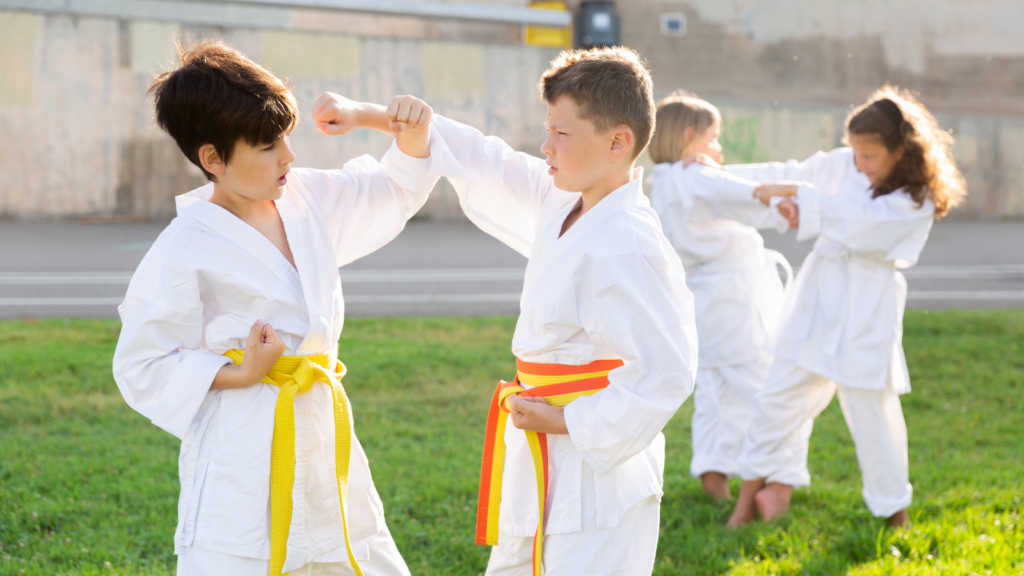This article will delve into the importance of survival skills for kids, from understanding nature’s signs to basic first aid knowledge. We’ll explore how these skills not only foster independence but also instill a respect for the environment. So, whether you’re a parent, teacher, or scout leader, get ready to embark on a journey that could transform a child’s life forever.
Survival Skills for Kids

Primarily, survival skills for kids nurtures independence, equipping them with the confidence and know-how to navigate various situations. Typically, these skills encompass recognizing harmful plants – like poison ivy and oak – or learning to build a basic shelter.
Further, teaching survival skills early encourages respect and understanding for the environment.
Key Benefits of Survival Skills
Survival skills provide kids with ample benefits, which transcend merely surviving in the wild. These skills develop an adaptable mindset, enabling them to adjust to different circumstances. Say, a child who understands how to build a shelter with resources can creatively address problems that may arise in life.
These skills instill a level of self-confidence and strength, bolstering their self-esteem. Illustratively, a child versed in first aid can remain calm during emergencies, impacting their response positively.
Basic Survival Skills Every Child Should Know
Fire Safety and Fire Building

Mastering fire safety, an indispensable survival skill, prepares children for emergencies, it diminishes the chances of accidents. It’s highly recommended for a child to learn not only how to safely build and extinguish a fire but also to understand its ramifications.
Fire creates heat, provides a way to cook food, generate signals in emergency scenarios — having proven its utility across myriad situations. Instruct them in safe fire handling, identify suitable firewood, establish a fire pit, and safely extinguish the flame.
Finding and Purifying Water
Understanding water sourcing is vital. Children benefit from learning to identify safe water sources and can use water purification techniques to further ensure safety. They need to garner knowledge on distinguishing stagnant and unsafe water, typically fraught with harmful bacteria, from moving fresh water. Educate them on simple purification methods such as boiling water in emergencies.
Teaching Methods for Kids’ Survival Skills
Engaging Outdoor Activities
Outdoor activities provide an interactive platform for teaching survival. They contribute significantly to the practical understanding of survival concepts. Suggestions include scavenger hunts, recognition challenges, or building makeshift shelters. Scavenger hunts invigorate spatial skills and resourcefulness and, for instance, locating a list of predetermined plants or objects.
Essential Survival Games

In survival education, games are powerful tools as they retain children’s attention while engraining survival knowledge. Games such as ‘Survival Cards,’ ‘Prepper,’ or ‘Tracking and Stalking’ can be proficient teaching assets. Survival Cards revolve around a deck of safety scenarios to stimulate problem-solving and strategizing attributes for potential disasters.
Role-Playing Scenarios
Role-playing scenarios offer an immersive learning environment for survival training. Kids can encounter real-world survival situations in a safe and controlled circumstance. Examples may involve ‘Lost in the Wilderness,’ ‘Natural Disasters,’ or even ‘Wild Animal Encounters.’ In Lost in the Wilderness scenarios, kids learn to find direction and necessities with limited resources. Natural Disasters scenarios facilitate understanding and preparedness for earthquakes, floods, or wildfires.
Safety Precautions and Risk Management
Setting Rules and Boundaries
In the first phase of survival skills training, it’s crucial to craft a set of rules and boundaries. Clearly defining the acceptable behavior and limits of exploration help children understand the realm of safety. For example, guiding kids about maintaining a safe distance from the fire, staying within pre-defined camping areas, and not going beyond certain marked trees can establish inherent safeguards.
Instilling A Sense of Self-Reliance
Teaching survival skills to kids isn’t just about preparing them for the great outdoors. It’s about instilling a sense of self-reliance and confidence that’ll serve them well in all aspects of life. From fire safety to first aid, these skills equip kids with the tools they need to handle emergencies with composure. It’s crucial to remember that safety precautions and boundaries are key to creating a secure learning environment.

